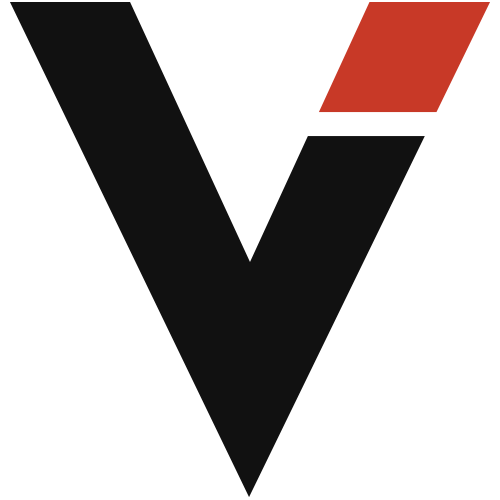Project Text
Maison Ville Nouveau. To buy the book follow these links:
Special Editions:
http://www.radatommaso.com/printsBook:
https://progettoskia.com/prodotto/maison-ville-nouveau-by-tommaso-rada/
The mountain takes, the mountain gives. People lives long winters and short summers in a territory that doesn’t bend and doesn’t broke. Who growth there knows, it is not possible to live on the mountains but the people live with the mountains, respecting them. Existed a not written pact between mountains and people; they took care of the territory and in exchange the territory gift its own fruits: a good pasture, the water, the life itself. Precious and rare gifts.
The time changes as well as the paradigms; the jobs of the shepherd and of the farmer don’t give satisfactions. Until the mountains will have their resource, they will continue to give water, snow, pasture and earth, but, now the use of these elements has changed: they are used to create electric energy, for tourist or industrial purposes. With the power of the cement and of the engineering, the humans gift to the territory a new appearance. Too often, to increase their the own conditions, the men and the women forgot to improve or preserve the condition of that landlords that cannot be evicted: the mountains.
The respect for the mountain and its territory it isn’t something that it is learnt, it is in the souls of whom live the mountains. The hope of a different relationship with the territory come from words like “sustainable economy”. Trying different production models, young people born and grow in the territory as well as foreign new inhabitants are coming back on the mountains to do the shepherds or the farmers while others are trying new tourism enterprises that respect the environment. All these new men energy is demonstrating that the old path between mountains and human beens can be today different but still based on a far past.
Villeneuve is a small village in one the regions of the north of Italy with more mountain territory. Villeneuve is not an high mountain village but it is a transit area; a place where the inhabitants of the valleys stoped to rest when they were travelling or a good place where to spent the winter. In Villeneuve people are mountaineers: tough, introverted, people that knows what does it means to work hard to collect not much, they know solidarity and they give value to the hard work, doesn’t matter if who is doing it is from the village or a foreign. Villeneuve doesn’t have real native, the firsts that came were the one from the near mountains, than the people that built the highways from the south of Italy, finally the migrants from Africa, Asia and the Balkans.
Maybe because everybody is deep down a migrant, it is not important from where a newcomer is coming, the important is how he or she lives in the community. Today, Villeneuve is a multiracial and multicultural community where living together assume new meaning, a unique example in a country that face intolerance problems.




























































